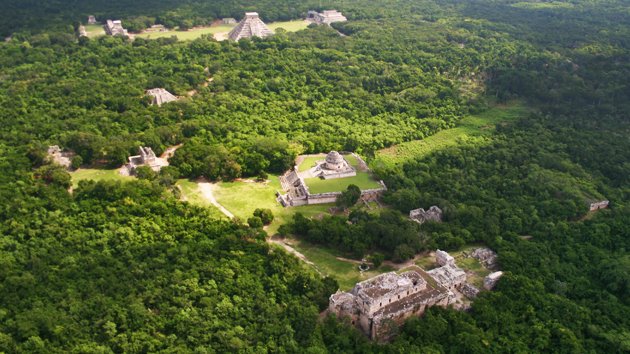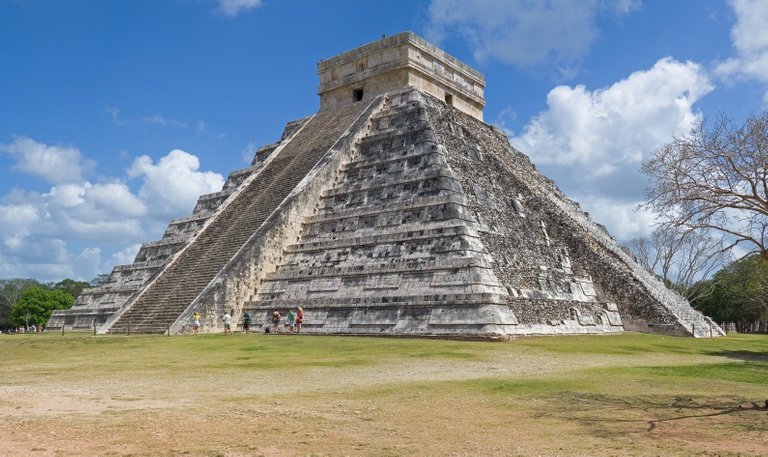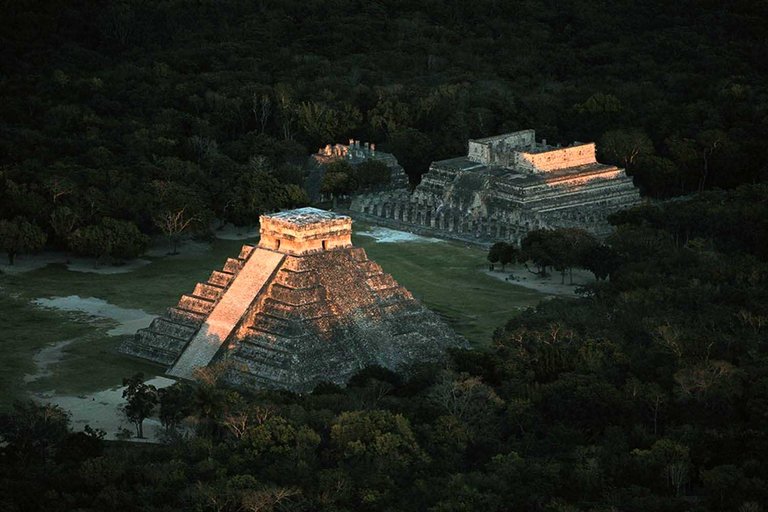Source
It is located 115 kilometers from the city of Mérida, Yucatán, taking the road No. 180 towards the town of Piste, from which the archaeological site is 2 kilometers away. The visitor can arrive at the site through public transport.
Chichén Itzá is an archaeological space founded approximately in the year 525 AD. and located in Yucatan, Mexico. It is characterized by the architectural buildings that have lasted during the time and that belong to the Mayan culture, specifically to the post-classic period (last stage of the development of the Mesoamerican civilization). According to Mayan mythology, Chichén Itzá is preceded by the god Kukulkán.
Chichén Itzá has a classic Mayan architecture and a remarkable symbolism, related to the Toltec culture, from the high plateau in Mexico (a natural region) as well as the architectural style called Puuc (style diffused in the classical period).
The Kukulkan Temple is one of the most important monuments of Mayan architecture. It is a four-sided pyramid, 24 meters high and culminating in a rectangular temple. It has 365 steps, conceived as one for each day of the year. At the base of the stairs stand two huge serpent heads that make reference to
The pyramid is constructed in such a way that it allows a game between lights and shadows. In this way, during the sunsets of the equinox, that is, the time of year when the sun is located on the terrestrial equator, the sun's rays allow simulating the body of a snake descending from the temple. This symbolizes the descent of the god Kukulkan to the earth, which for the Mayans referred to the period of rain arrival.
Therefore, it is a great work that shows the astronomical knowledge applied to architecture by the Mayans.

I hope you enjoy my publication and see you in the next to continue sharing with all of you !!!!!!!!!!!@brianrg13!!
.jpg)
"Every achievement begins with the decision to try it." - Gail Devers.



nice